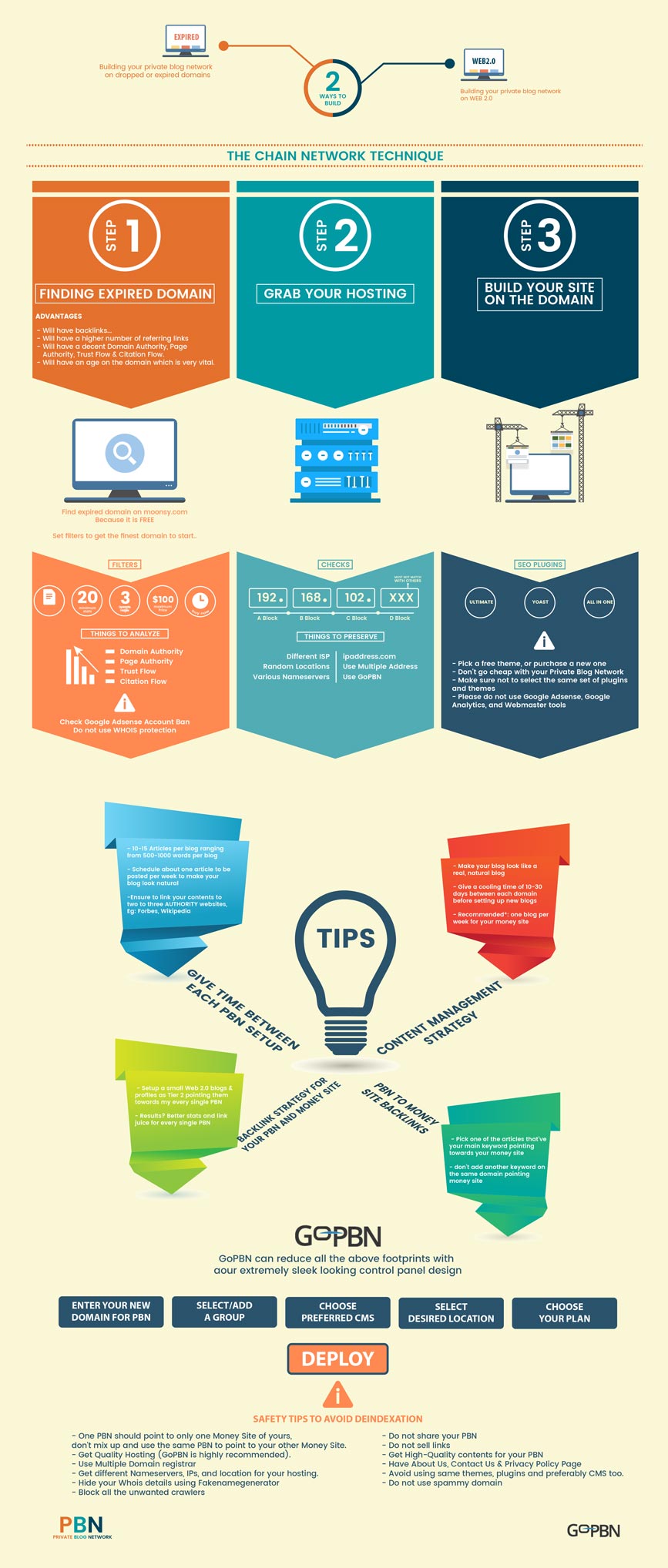All Categories
Featured
Table of Contents
- – What Are The Leading Implementing Semantic Seo...
- – What Is The Most Affordable Nlp For Semantic S...
- – What Does Semantic Seo Examples Cost?
- – What Do Semantic Seo Insights Services Include?
- – What Is The Most Suitable Semantic Content C...
- – The Leading Seo With Semantic Search?
- – What Is The Most Recommended Semantic Seo Au...
The web is transforming, becoming an increasing number of semantic. Search engine optimization is likewise transforming and ending up being much more semantic. This is since search engines have actually progressed and are relocating a lot more and more in the direction of reviewing content online. Certainly, that has also changed the way we create web content, especially if we intend to rate much better in the search engines.
Intertwingularity is not normally acknowledged, individuals maintain claiming they can make things deeply ordered, categorizable and consecutive when they can not. Based on the partnerships in between search purposes, the search engine favors a content in positioning by calculating the range in between the vectors of definition.
It permits you to see, beginning with a subject, all the entities that relate to that subject. By doing this you can plainly see which entities/concepts/ideas have already been covered on your site, and you can discover brand-new possibilities by understanding what content you can add and how to create it.
What Are The Leading Implementing Semantic Seo Companies?
It is able to make your web content easy to understand for online search engine on the one hand and for your audience on the other. Structuring your web content version highlights your web content and its underlying connections so that search engines can acknowledge you amongst hundreds of pieces of details, making you more noticeable to individuals who meet the search intent relevant to your business.
In semantic search engine optimization copywriting, an editor begins with a wider array of subjects and tailors the content to consist of semantically relevant terms and phrases that aid visitors understand a topic, comparable to reviewing web content in a wiki. From a material writing perspective, one practical method to do this is to produce a vocabulary of terms and concerns surrounding your target topic.
What Is The Most Affordable Nlp For Semantic Seo Deal
Find out much more regarding by enjoying the by!.

Semantic search describes the procedure of how online search engine recognize and match search phrases to a searcher's intent in organic search outcomes. Before semantic search, internet search engine like Google operated like matchmakersaligning particular words in your query with those exact words on web pages. The results were straightforward however often lacked depth.
What Does Semantic Seo Examples Cost?
It enables Google to supply fast, exact responses to search inquiries about real-world topics. When you type a query word into Google, you're not just going into a series of words.
When you look for "Apple," Google does not just see a word that explains a fruit. It recognizes Apple as a business and can supply relevant details. It was Google's response to the increase of voice searches, where inquiries ended up being a lot more conversational and nuanced.
What Do Semantic Seo Insights Services Include?
By incorporating NLP, Hummingbird permitted Google to relocate beyond mere keyword matching. It aided the search engine comprehend search intent, raising the probabilities that results would properly match the reason behind a customer's search.
Making it extra reliable at taking care of never-before-seen search queries. RankBrain takes into consideration even more than just keywords when analyzing a search question.
It brings results that match the keywords and line up with the overall intent of supplying pup training guidance. And if the individual regularly looks for dog-related material, Google could focus on much more thorough training guidesrecognizing the customer's recurring rate of interest in the topic. Combining innovations like the Expertise Chart, Hummingbird, and RankBrain, semantic search helps the Google formula interpret and link information across a substantial web of info.
What Is The Most Suitable Semantic Content Creation Plan?
The emphasis shifts from keyword option to an all natural technique including user intent, topical relevance, and total individual experience. Creating content that resolves the searcher's demands with extensive info can enhance your SERP rankings. Listed below, we outline the patterns and practices that combine the requirement for semantically educated web content. Later on, we offer actionable ideas to transform these understandings right into ideal practices.
And type of web content can best please their demands. A wider method to content aligns better with semantic search's change away from exact search phrase matching and toward individual intent. Which clarifies the enhanced focus on subject clusters, as opposed to specific keyword phrases. Material that covers search questions better not just pleases customers.
And 5 times higher than websites that take 10 seconds to lots. While technical search engine optimization makes sure ideal site performance and access, concentrating on user experience (UX) takes it a step further. UX intends to develop a visually enticing, easy to use interface with interesting, top quality material that motivates site visitors to remain. Semantic search technology makes it possible for search engines to go for results that offer the very best feasible UX.
The Leading Seo With Semantic Search?

All display Google's ability to attend to a subject question comprehensively. By recognizing the context and intent behind customer inquiries, internet search engine can provide extra relevant details and potentially raise customer interaction. Customization in search results page makes for far better UX.Based on your past search history and choices as a customer, semantic search helps search engines tailor the outcomes to match your distinct demands and rate of interests.
It brings outcomes that match the keyword phrases and align with the general intent of providing puppy training guidance. And if the customer often looks for dog-related material, Google may focus on extra detailed training guidesrecognizing the customer's continuous passion in the subject. Incorporating innovations like the Knowledge Graph, Hummingbird, and RankBrain, semantic search helps the Google algorithm translate and link information throughout a huge internet of information.
What Is The Most Recommended Semantic Seo Audits Available Today
The focus changes from keyword selection to an all natural approach incorporating customer intent, topical relevance, and general individual experience. Creating material that addresses the searcher's demands with extensive details can improve your SERP rankings.

And type of material can best satisfy their demands. A more comprehensive technique to content aligns better with semantic search's shift away from specific key words matching and towards individual intent. Which describes the boosted focus on topic clusters, rather than individual keywords. Content that covers search queries much more thoroughly not just satisfies customers.
UX aims to develop a visually enticing, straightforward interface with interesting, top quality content that encourages visitors to stay. Semantic search modern technology enables search engines to aim for results that give the best possible UX.
All display Google's capacity to attend to a topic inquiry adequately. By understanding the context and intent behind customer questions, internet search engine can supply a lot more appropriate details and possibly boost individual involvement. Customization in search results makes for far better UX.Based on your past search history and choices as a user, semantic search assists internet search engine customize the outcomes to match your one-of-a-kind requirements and interests.
Table of Contents
- – What Are The Leading Implementing Semantic Seo...
- – What Is The Most Affordable Nlp For Semantic S...
- – What Does Semantic Seo Examples Cost?
- – What Do Semantic Seo Insights Services Include?
- – What Is The Most Suitable Semantic Content C...
- – The Leading Seo With Semantic Search?
- – What Is The Most Recommended Semantic Seo Au...
Latest Posts
Who Makes The Top Semantic Search Engines
Top-Rated What Is Semantic Seo
What Is The Most Valuable Semantic Seo Best Practices For The Price
More
Latest Posts
Who Makes The Top Semantic Search Engines
Top-Rated What Is Semantic Seo
What Is The Most Valuable Semantic Seo Best Practices For The Price